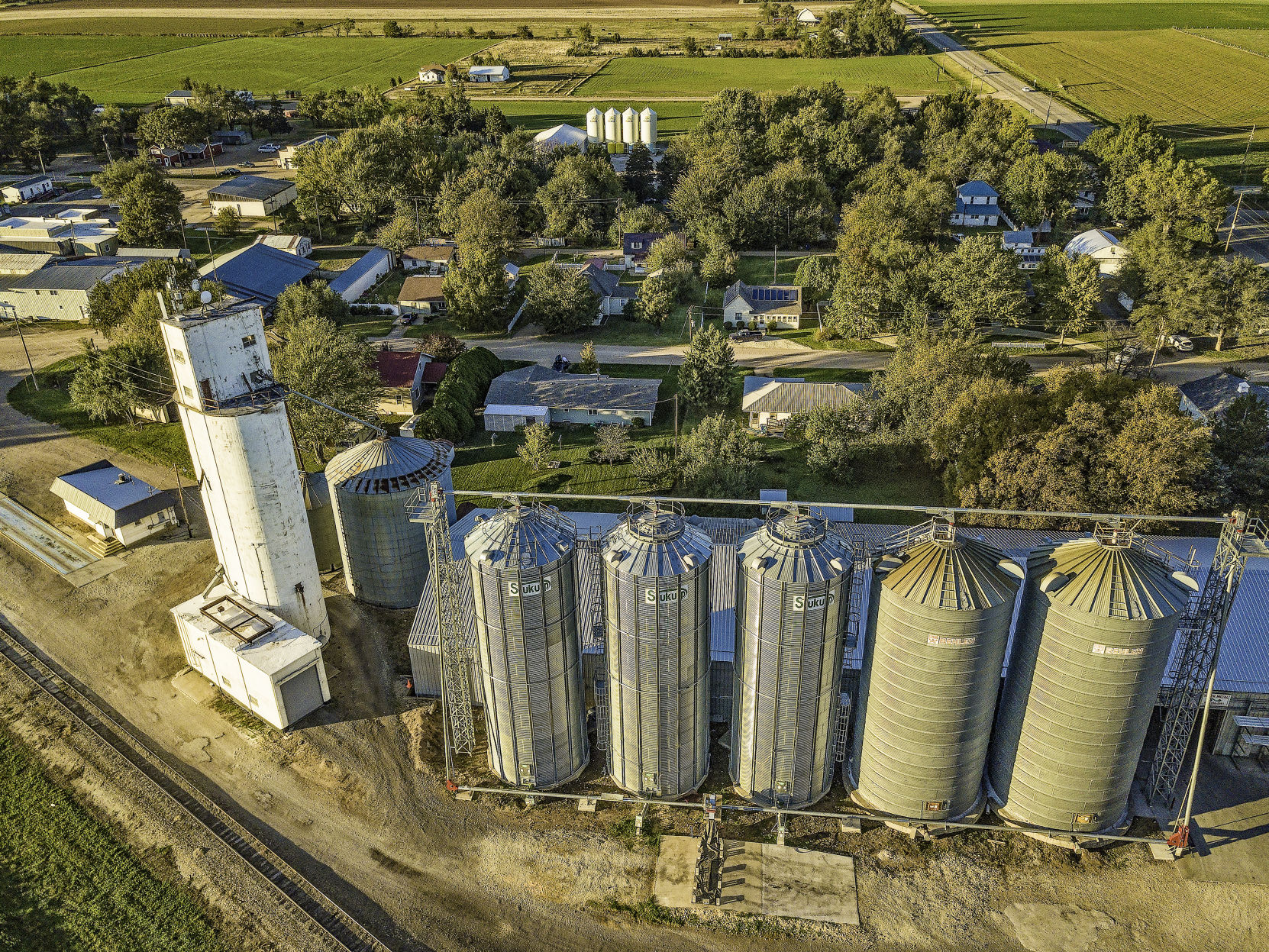If there is one state in the heartland where the rubber meets the road in terms of agriculture it might be best defined in Iowa, which ranks No. 2 in agricultural sales at $29 billion, according to the 2017 Census of Agriculture, which was released earlier this year.
But being No. 2 does not always translate into booming small towns, a story that has a familiar theme with other states in the High Plains region, as David Peters, an associate professor of sociology and Extension rural sociologist in the College of Agriculture and Sciences at Iowa State University.
“Most rural areas in the Midwest continue to decline in population, despite the best efforts of many communities,” Peters said. “The deck is stacked, for the most part, against small towns. I see many communities developing great ideas and programs to retain and attract new residents, but national economic conditions still drive population trends.”
Rural areas with growing populations, he said, have either desirable natural amenities like varied topography, scenic vistas, woods or forests, and water like lakes and rivers; are located very near large metropolitan areas and are becoming suburbanized; or have some larger employer in agriculture or food processing that has drawn in large numbers of migrants, mostly non-white.
However, some small towns have been successful at slowing down population loss by capitalizing on their high quality of life as a development strategy, Peters said. They let larger cities create the jobs, but seek to get those workers to live in their community.
Such towns focus on the following:
Good schools where teaching quality is high, class sizes small, students are safe, and students have more opportunities to participate in sports and other extracurricular activities.
Developing linkages with construction firms or housing developers to build or rehab modern homes that are less expensive than in larger communities.
Focusing uptown development to offer amenities you often find in larger downtowns. This includes coffee shops, local brew pubs, and boutique retail shops.
Common pockets of success
His research in Iowa identifies some common properties of successful small towns. They are as follows:
Local giving—successful towns are not wealthy ones (but also not poor). There is no wealthy donor nor a large property base to tax. Instead, locals have an ethic of giving to community projects that benefit the community. For example, one town of 600 had four foundations with assets of $750,000.
Projects are led by community groups, not local government. The general sentiment is that local government doesn’t help, but doesn’t stand in the way. Peters has found that projects led by government tend to be less successful or viewed as not important by local residents with the caveat this does not include basic infrastructure projects likes roads and utilities.
Openness of leadership is key, the Extension rural sociologist said. In many of these successful, younger residents are encouraged and allowed to take to initiative and take charge of projects. Older leaders sit back, but still handle the money and write the checks. However, leadership in small towns still tends to be mostly white, despite some towns having minority populations. Women represent a sizable share of local leaders in successful places.
Successful towns are good at trying new ideas. Failure is accepted and not stigmatized. Odd ideas get discussed and all options are on the table.
Informal socializing fosters openness of leadership and acceptance of new ideas. Successful towns host lots of local events, and market their town actively on social media, to former residents as well as people in surrounding towns. Successful towns take pride in being known as an active town where there is always something to do.
Focus on needs within their control. Although big projects are always discussed—recruiting a new manufacturer, getting broadband, etc.—in practice successful towns focus on projects that improve the daily lives of residents, Peters said. These include daycares, fitness centers, senior transport, or hosting local social events. Rarely do such successful towns actively pursue typical economic development projects like industrial parks or major downtown renovations. Leaders and locals say such projects are risky and expensive … plus they say every town is doing the exact same thing.
Lastly, successful towns have a strong identity, he said, even without a high school.
“It is a source of pride having better quality of life than larger and growing towns,” Peters said. “They have adopted an ‘underdog’ identity.”
Rural strengths
Small towns have two main strengths, Peters said. First, they are much more entrepreneurial than larger cities, mostly out of necessity. There is no large city government to lead major projects. There is not a large enough or wealthy enough population to attract outside investment. There are no large employers who are able to sustain a job base, generate local taxes, or donate money to growth these small towns.
“Rural communities must rely on their wits to come up with create solutions to problems using local resources, like volunteer time, local donations, and a dogged persistence,” Peters said.
Second, residents in small towns are much more committed to their communities and in fact, the town is part of their identity as a person, he said. They tend to have lived in their community a long time, have many family members and friends who continue to live in town, and their family history is tied to the place and land.
Dave Bergmeier can be reached at 620-227-1822 or [email protected].




